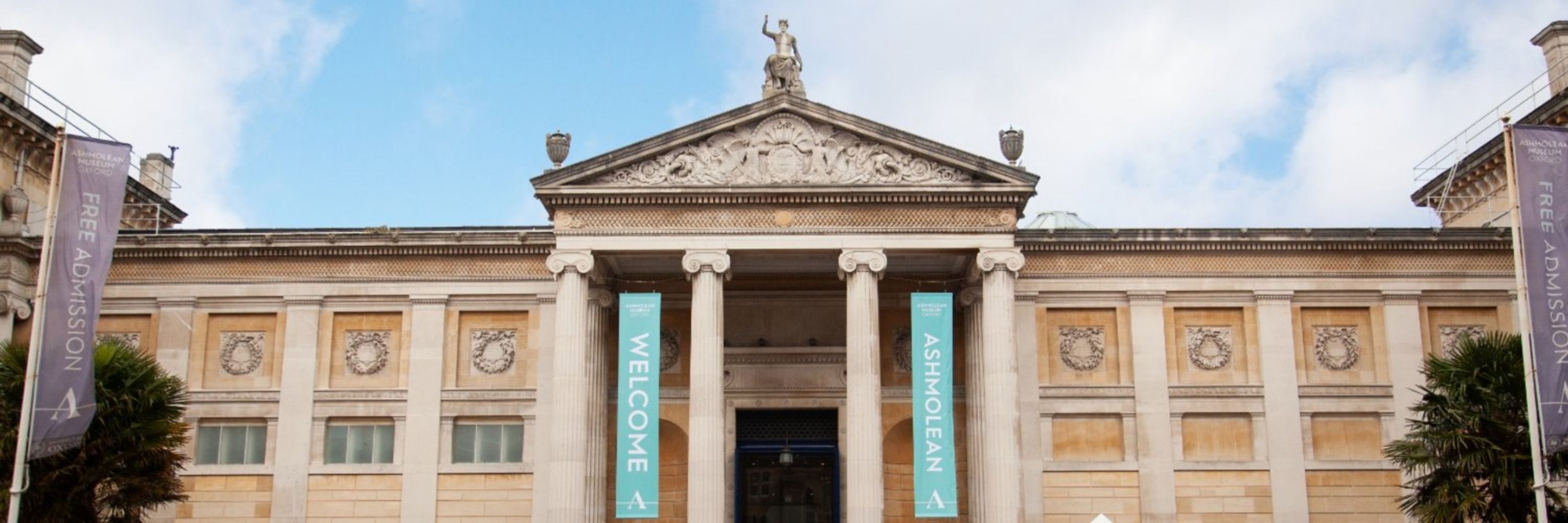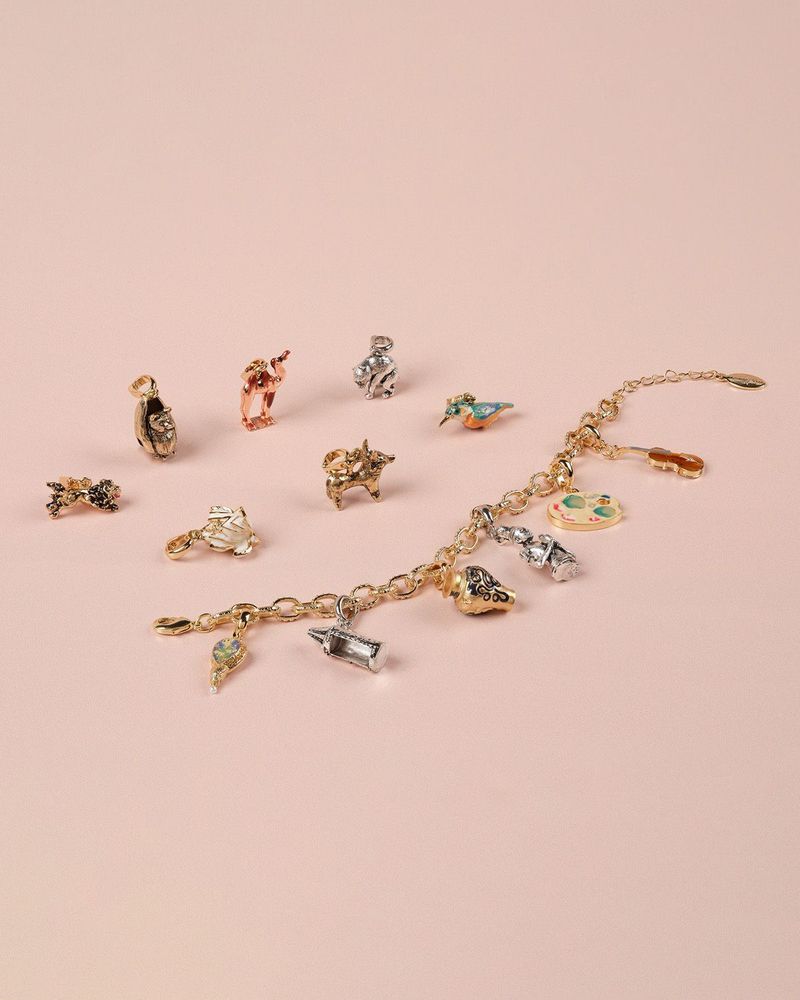Ashmolean Museum, Oxford
@ashmoleanmuseum.bsky.social
11K followers
53 following
440 posts
🖼 🏺 World famous collections, from Egyptian mummies to contemporary art
🕙 Open every day 10am–5pm 🏛 linktr.ee/ashmoleanmuseum
Posts
Media
Videos
Starter Packs



































